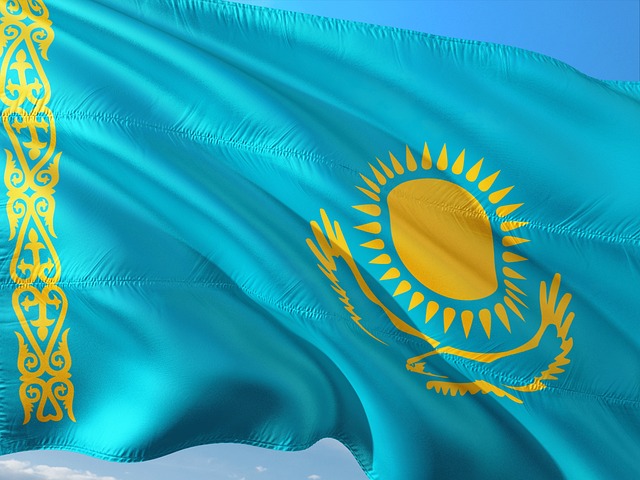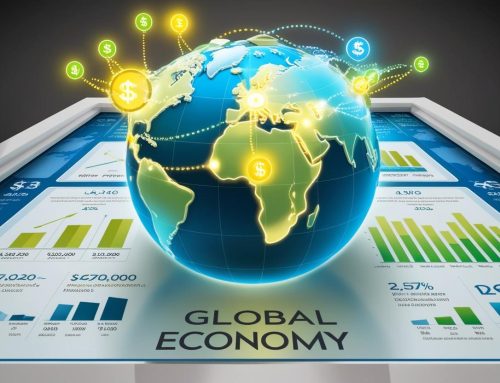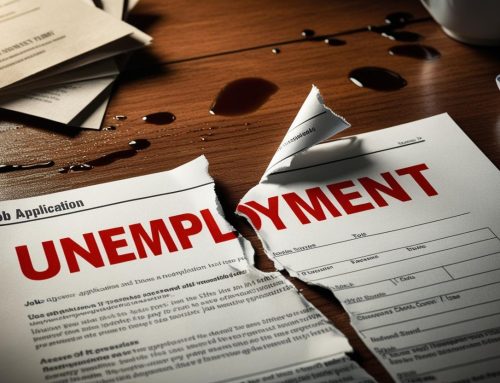July 26, 2023
As of 2023, Kazakhstan is the wealthiest country in Central Asia. It has the highest GDP per capita in the region, and its economy is based on natural resources, such as oil and gas. Kazakhstan is also a major producer of wheat and cotton.
Here is a table of the richest countries in Central Asia in 2023, according to GDP per capita:
| Country | GDP per capita (PPP) |
|---|---|
| Kazakhstan | $22,321 |
| Turkmenistan | $15,294 |
| Uzbekistan | $12,480 |
| Kyrgyzstan | $10,405 |
| Tajikistan | $7,166 |
It is important to note that these figures are just estimates, and the actual wealth distribution in each country may vary. Additionally, the wealth of a country is not always a good indicator of the well-being of its citizens. For example, Kazakhstan has a high GDP per capita, but it also has a high level of inequality.
Despite challenges from decreased oil production and supply-chain issues stemming from the country’s economic ties with Russia, Kazakhstan recorded 3.2% GDP growth in 2022. Growth was driven by non-oil exports to neighboring countries and investment growth of 7.9%, primarily in resource sectors, while consumer demand weakened as real incomes shrank under the weight of high inflation. Growth was also supported by an inflow of Russian tourists/immigrants. On the supply side, agriculture, manufacturing, construction, and services sectors all contributed to growth.
The current account recorded a surplus of $6.2 billion in 2022, supported by high oil exports values, a significant reversal from the $7.9 billion deficit in 2021. The acceleration in FDI was likely due to the high oil prices that drove investment into mining. Gross international reserves grew by 2% and stood at 7 months of import cover by end-2022. Inflation reached 21.3% (yoy) by February 2023, the highest in over 20 years, as a result of rising import prices, the large minimum wage and pay increases following the riots, and depreciation of the tenge. Food prices have risen especially sharply.
The Central Bank (NBK) tightened its policy rate to 16.75% in February 2023 from 10.25% a year ago. Following a depreciation of 8% against the US dollar in 2022, the tenge has remained stable in 2023. The Government increased its welfare-enhancing programs by 0.5% of GDP in 2022 (to a total 3% of GDP), and also increased transfers to local governments. Despite the higher spending, improved tax collection from both oil and non-oil, resulted in higher revenues, and delivered a fiscal surplus of 0.4%.
The banking sector has remained resilient. Prior to Russia’s war on Ukraine, Russian subsidiaries held about 15% of assets, but, following sanctions, this fell to 0.4%. NPL rates reached 3.6% in December 2022, only slightly up from 3.3% a year earlier. The unemployment rate held steady at 4.9% throughout 2022. Labor strikes and a 41% increase in the minimum wage drove up real wages by 2.8% in Q4 (yoy).
Economic Outlook
The economy is expected to see a moderate increase in growth to 3.5% in 2023 and to 4% in 2024, led by the hydrocarbons sector as oil production rises thanks to several new projects. Continued FDI in mining and the Government’s affordable housing program will sustain investment.
However, growth in household consumption is likely to be dampened by high inflation, rising borrowing costs, and increased indebtedness. Inflation is expected to decrease but will remain elevated in 2023 due to the prolonged impact of high food prices. Tight monetary policy will contribute to a reduction toward the upper limit of its target range. The poverty rate is expected to slightly decline to 14.7% (at US$6.85/day level) in 2023 as growth picks up and inflation subsides. The rising cost of food and housing will remain a key factor impacting the well-being of the population.
Among the downside risks are any further disruptions to the Caspian Pipeline Consortium and persistently high inflation. Access to effective coping mechanisms will be important to protect the poverty reduction gains of the last decade. The continued monetary tightening and tighter control over fiscal spending can make space for higher spending on social protection programs. Additional tightening of global financial conditions and potential capital flow volatility pose risks to the exchange rate. On the upside, global demand and oil prices exceeding expectations would boost growth.
Source: The World Bank
Legal Notice: The information in this article is intended for information purposes only. It is not intended for professional information purposes specific to a person or an institution. Every institution has different requirements because of its own circumstances even though they bear a resemblance to each other. Consequently, it is your interest to consult on an expert before taking a decision based on information stated in this article and putting into practice. Neither Karen Audit nor related person or institutions are not responsible for any damages or losses that might occur in consequence of the use of the information in this article by private or formal, real or legal person and institutions.






